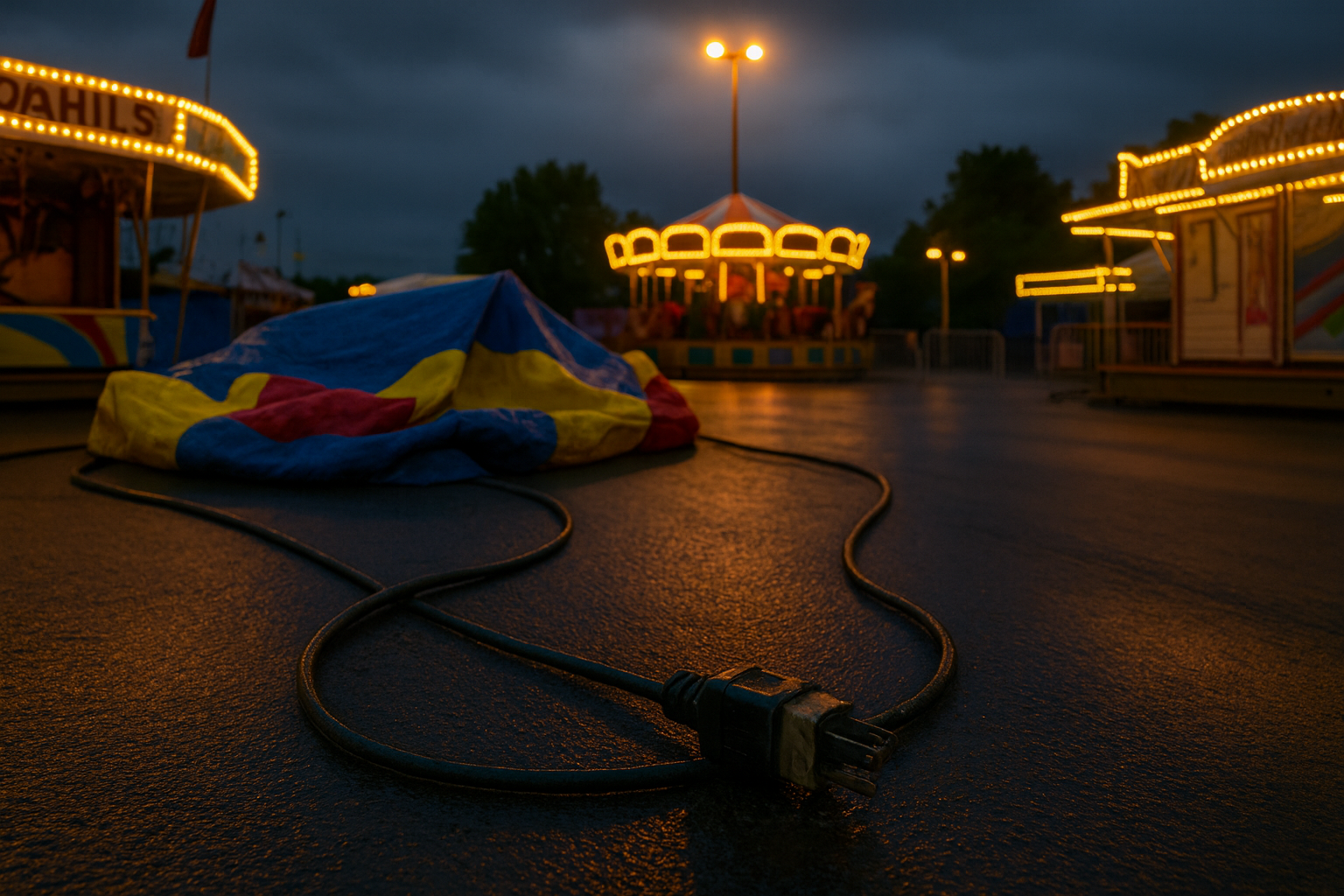
Tripping is often blamed on carelessness, but sometimes the real cause is a hazard that should not have been there, like cables or wires left across a walkway. If you’re wondering, can I sue for tripping over cables or wires in public, the answer depends on the circumstances of your fall and the negligence of the property owner. These situations fall under trip and fall cases, a type of premises liability claim that covers injuries from unsafe property conditions. National benchmarks from the National Safety Council highlight how common and costly slips, trips, and falls can be.
These situations fall under trip and fall cases, a type of premises liability claim that covers injuries from unsafe property conditions.
This article explains what injuries can result, who may be liable, what compensation is available, and what to expect if you file a claim.
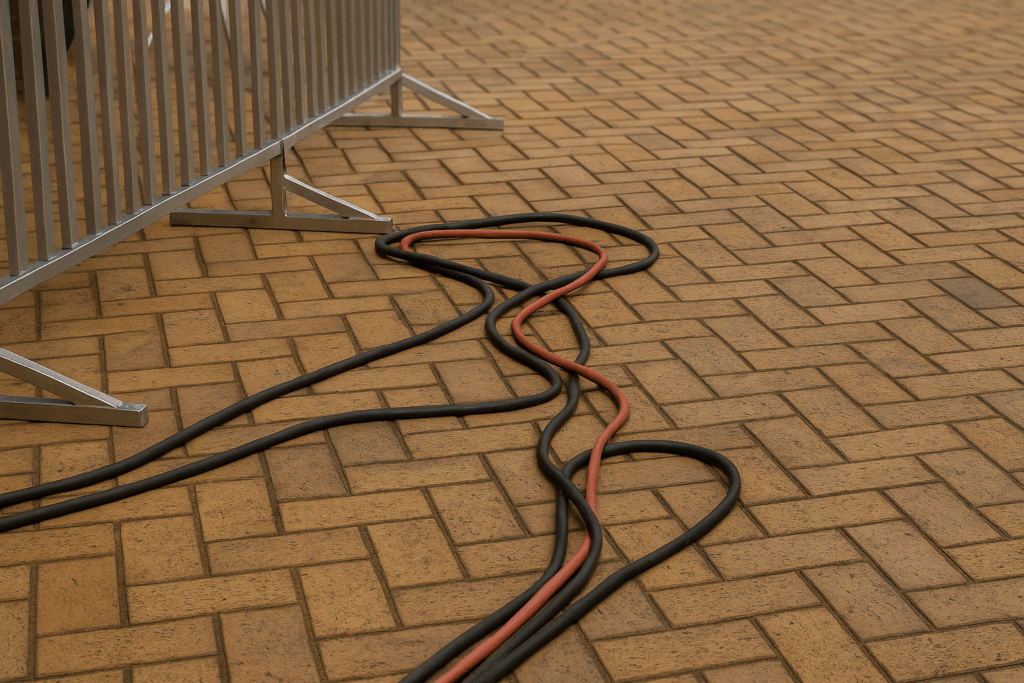
Tripping over cables or wires may seem minor, but the injuries can range from mild to life-changing. The outcome often depends on the force of the fall, the surface, and the person’s health.
Some of the most common injuries include:
Victims often ask, “Can I sue for tripping over cables or wires in public?” if the injuries are as serious as a broken hip, traumatic brain injury, or spinal damage. The answer depends on showing negligence and proving the hazard should have been prevented. What may look like a simple stumble can quickly turn into weeks of recovery, expensive treatment, and lasting consequences. When injuries are severe, the question often becomes not just about recovery, but whether you can sue for tripping over cables or wires in public to cover those long-term costs. For practical fall prevention guidance, the CDC outlines steps that reduce serious injuries from trips and falls.
Liability usually follows control of the space and control of the hazard. The entities below are the most common defendants, and more than one can be responsible at the same time:
Can I sue for tripping over cables or wires in public if it happens to be my landlord? These are the businesses, landlords, or facility managers who run the store, building, or venue. They are expected to keep walkways reasonably safe, which includes routing cords away from foot traffic, using cable covers, posting warnings, and performing routine inspections. When cords are left across aisles, taped poorly, or hidden by rugs, the owner or manager can be held responsible.
Temporary setups often involve power strips, audiovisual lines, and charging cables. The organizer and any vendor who laid those lines must secure them with proper ramps or floor guards and place signs or barriers when needed. If a booth, caterer, or AV team created the trip hazard, they can share fault with the venue.
If the fall happened while you were working, the employer must maintain a safe workplace under general safety rules. Many work injuries go through workers’ compensation, which can limit lawsuits against the employer, but you may still have a separate claim against a property owner, subcontractor, or vendor who created the hazard. That is called a third-party claim.
Cable installers, maintenance crews, utilities, janitorial services, and AV companies can be liable when their work leaves wires exposed or unsecured. Responsibility does not disappear just because the property owner hired someone else to do the job.
Cities, schools, and transit authorities control sidewalks, campuses, and stations. Claims against public entities follow special procedures and strict deadlines. If the wire or cable was on government-controlled property, expect additional notice rules that must be met early.
Determining liability helps answer the key question many victims have: can I sue for tripping over cables or wires in public when more than one party may be responsible for the hazard?
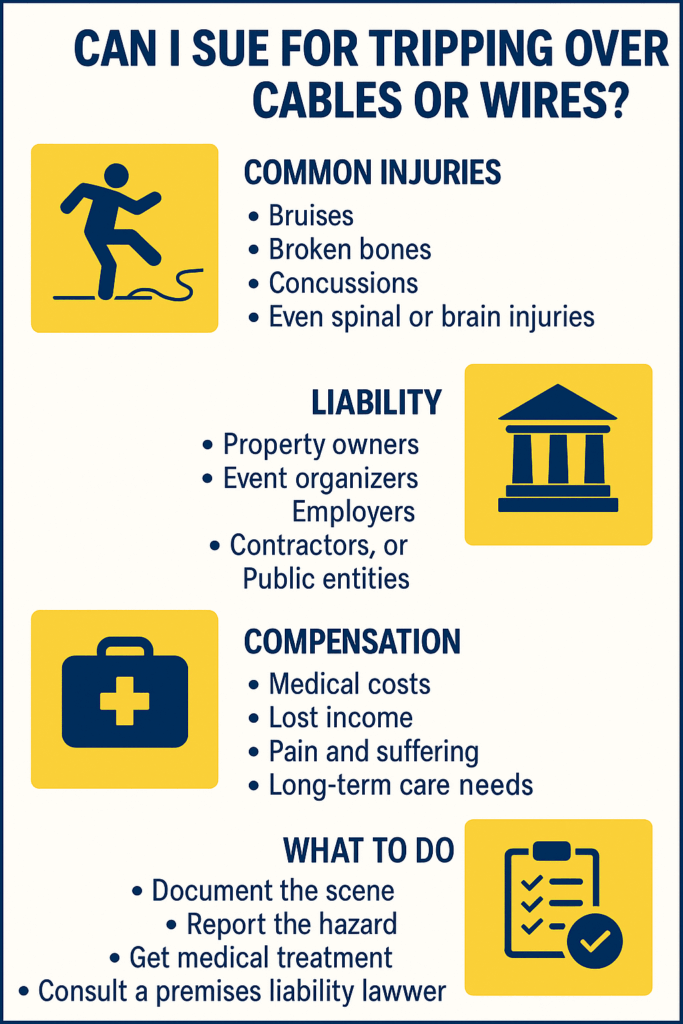
Courts and insurers look for proof that:
Knowledge can be actual (complaints, work orders) or constructive (a cord left out long enough that any inspection should have caught it).
Trip and fall cases often involve more than one party. For example, a venue may ignore inspections, a vendor may run a cord across a walkway, and a contractor may skip using covers. In those cases, fault can be divided among them, which can also increase available insurance coverage. Understanding how fault is divided is crucial, especially if you plan to ask, can I sue for tripping over cables or wires in public when multiple parties share responsibility.
If you were injured after tripping on exposed cables or wires, the law gives you the right to pursue financial recovery for the losses tied to your accident. The exact amount depends on the details of your case, but compensation usually falls into several categories, the main three being:
The value of your case depends on injury severity, recovery length, and whether permanent issues remain. Strong proof, such as medical records and witness statements, helps increase the value of your claim. These damages are exactly why people ask, “Can I sue for tripping over cables or wires in public?” when faced with expensive medical bills and lost wages.
You may be able to bring a lawsuit when a property owner, business, or public entity fails to keep an area safe. Victims often wonder, can I sue for tripping over cables or wires in public if the hazard was left unmarked or unattended. To have a valid claim, four conditions usually need to be met:
Another key factor is timing. Every state has its own statute of limitations, which sets the deadline for filing a lawsuit. Missing this window can permanently bar your claim, even if you have strong evidence. Acting quickly not only helps meet these deadlines but also ensures that important evidence (like surveillance footage or witness accounts) is preserved. When faced with injuries, asking can I sue for tripping over cables or wires in public is often the first step towards recovery.
Not every case ends up in the courtroom. In fact, most trip and fall claims are resolved through negotiations before trial. Insurance companies often prefer settling when the evidence of negligence is clear, since trials can be costly and unpredictable.
That said, there are situations where a trial may be necessary. If the store, event organizer, or insurer disputes liability or challenges the amount of damages, your attorney may recommend taking the case before a judge or jury. Trials can take longer, but they also provide the opportunity to present your full case and potentially secure a higher award.
An experienced trip and fall lawyer can explain the likelihood of settlement versus trial in your specific situation, prepare the strongest case possible, and guide you through whichever path becomes necessary.
Tripping over exposed cables or wires in a public place can leave you with painful injuries, unexpected medical bills, and time away from work. If you’ve asked yourself, can I sue for tripping over cables or wires in public, our attorneys can review your situation and explain your options. If you’ve ever asked yourself, can I sue for tripping over cables or wires in public, our attorneys can help you get clear answers and strong legal support.
Thompson Law has extensive experience handling trip and fall claims and knows what it takes to build a strong case. Our team can investigate the hazard, collect the evidence needed to prove negligence, and pursue full compensation for your losses.
If you were injured because of unsecured cables or wires, now is the time to act. Contact Thompson Law today for a FREE CONSULTATION and let us explain your legal options.
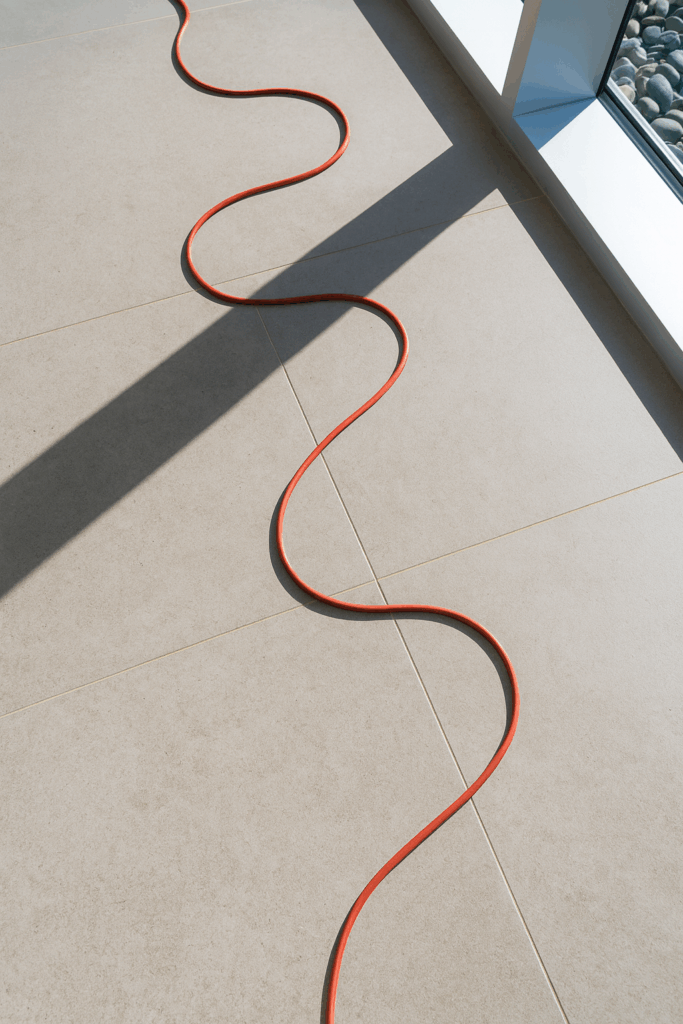
Serving clients in:
Yes. If unsafe cables or wires were left in a walkway and caused your injuries, you may have a premises liability claim. Property owners, event organizers, or contractors can be held responsible for failing to secure hazards and keep walkways safe.
Liability often falls on the party that controls the space or created the hazard. This may include property owners, venue managers, event organizers, employers, contractors, or even public entities. In some cases, multiple parties can share responsibility.
Document the scene immediately by taking photos or video of the exposed cables, your injuries, and the surrounding area. Report the incident to the property owner or manager, collect witness statements if possible, and seek prompt medical care. This evidence will help strengthen your claim.
Yes. Even if your injuries seem minor at first, they can develop into long-term problems. Asking yourself, can I sue for tripping over cables or wires in public, is the right step toward protecting your rights and exploring whether compensation is available.
You may recover damages for medical bills, lost income, rehabilitation costs, pain and suffering, and any long-term disability caused by the fall. The value of your case depends on the severity of your injuries and the strength of your evidence.
Yes — an experienced attorney can identify who is liable, gather evidence, and negotiate with insurers on your behalf. Having a lawyer significantly increases the chances of receiving fair compensation for injuries caused by tripping over exposed cables or wires in public.
Each state has a statute of limitations that sets a deadline for filing a claim, often two years from the date of injury. Acting quickly ensures you meet these deadlines and preserve key evidence like surveillance footage or maintenance records.
Sí. Hablamos español. We provide bilingual support so Spanish-speaking clients have full access to our attorneys.
Contact Thompson Law today for a FREE CONSULTATION!





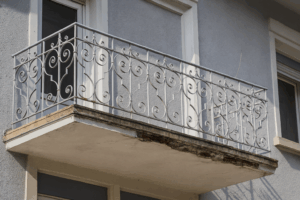
Thompson Law charges NO FEE unless we obtain a settlement for your case. We’ve put over $1.9 billion in cash settlements in our clients’ pockets. Contact us today for a free, no-obligation consultation to discuss your accident, get your questions answered, and understand your legal options.
State law limits the time you have to file a claim after an injury accident, so call today.